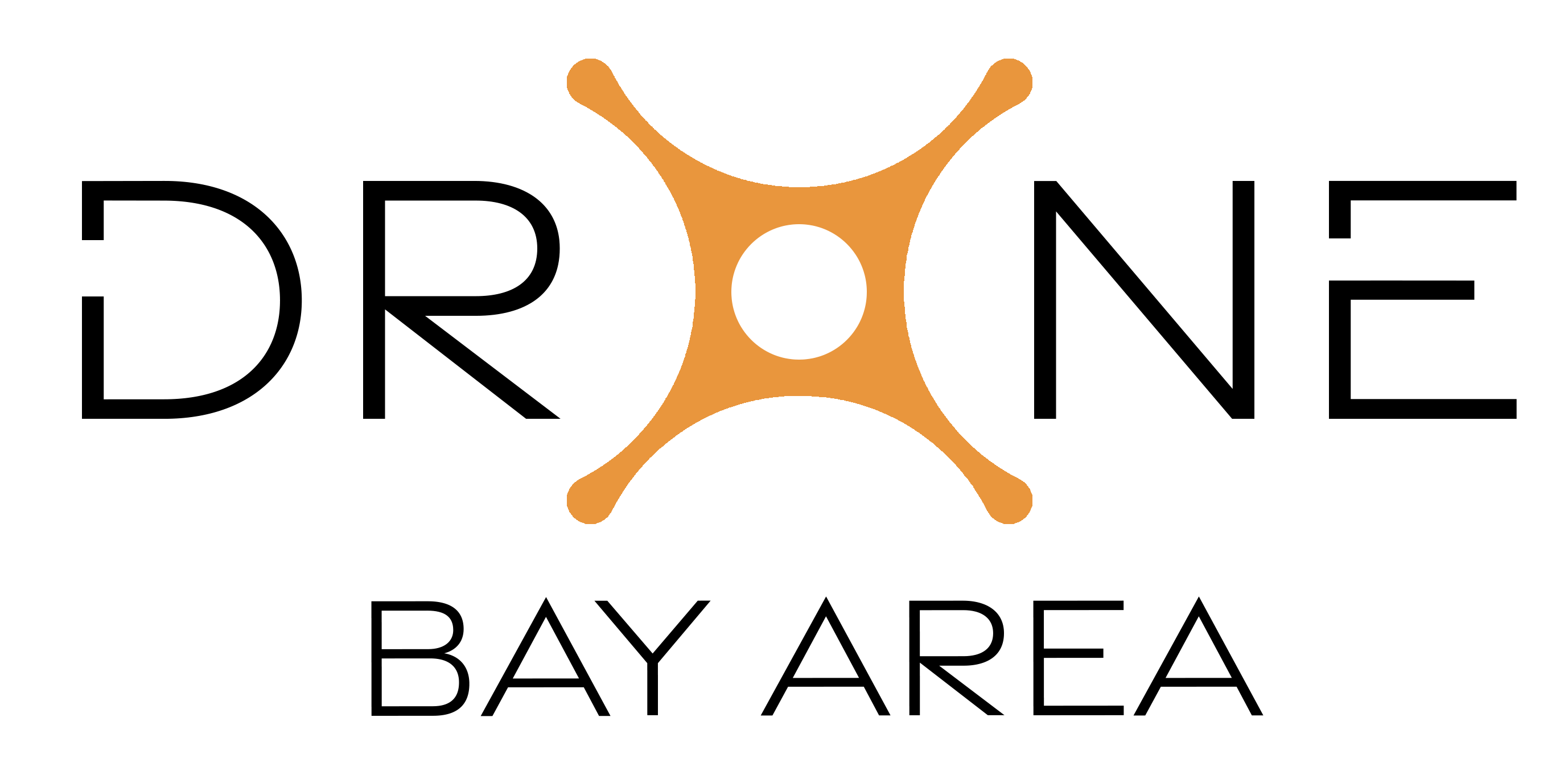Are you ready to get your Part 107 drone license but need to choose a ground school? Here’s a short list of 6 different online drone pilot prep sites with pricing and a few other details to get you started.
I personally used Drone Launch Academy and loved it. They also have a great podcast I listen to pretty regularly on Spotify.
Top FAA Part 107 Exam Preparation Courses
Drone Launch Academy
Course Fee: $199
Duration: 15 hours
Course Access: Unlimited lifetime access
Benefits: Full refund of tuition and exam fees if you fail on first attempt (after passing internal course exam)
Key Features: 99% pass rate, over 300 practice questions, extensive E-Book study guide, optimal choice for budget-conscious individuals.
Pilot Institute
Course Fee: $249 (Occasionally reduced to $159)
Duration: 15 hours
Course Access: Unlimited lifetime access
Benefits: Full refund of tuition and exam fees if you fail on first attempt
Key Features: Affordable, 15 hours of instruction, over 300 practice questions, 14-page cheat sheet, free Drone Maneuvers Mastery course.
Drone Pilot Ground School
Course Fee: $299 to $525 (Get $50 off with code: DRONELAST)
Duration: 15 to 20 hours
Course Access: Unlimited lifetime access
Benefits: Full refund of course fee and exam fee ($175) if you fail on first attempt.
Key Features: 70+ video lessons, mock tests mirroring real exam, 12-page cram sheet, weekly live Zoom webinars, flight skills training, diploma upon completion, membership in UAV Coach Community.
DARTdrones
Course Fee: $150 to $670
Duration: 10 to 20 hours
Course Access: Unlimited lifetime access
Benefits: Refund of exam fee if you fail on first attempt
Key Features: Over 300 practice test questions, detailed study guide, interactive sessions with expert pilot, established track record, reasonable pricing.
Drone U
Course Fee: $57 per month / $527 per year
Duration: 11 to 20 hours
Course Access: Unlimited access within subscription period
Benefits: Access to a variety of drone courses with single payment
Key Features: Monthly subscription model, access to various drone courses including license prep, lacks pass guarantee but offers budget-friendly access to multiple courses.
Drone Pilot Skill Builder
Course Fee: $119
Course Access: Unlimited lifetime access
Benefits: 30-day refund guarantee
Key Features: Designed for new drone pilots or those with limited flight experience, practical exercises, comprehensive curriculum covering FAA rules, flight training, pre-flight checklist, practical approach to drone flying.
Choose the course that aligns with your needs, budget, and learning style to prepare effectively for the FAA Part 107 exam and kickstart your journey as a certified drone pilot.



